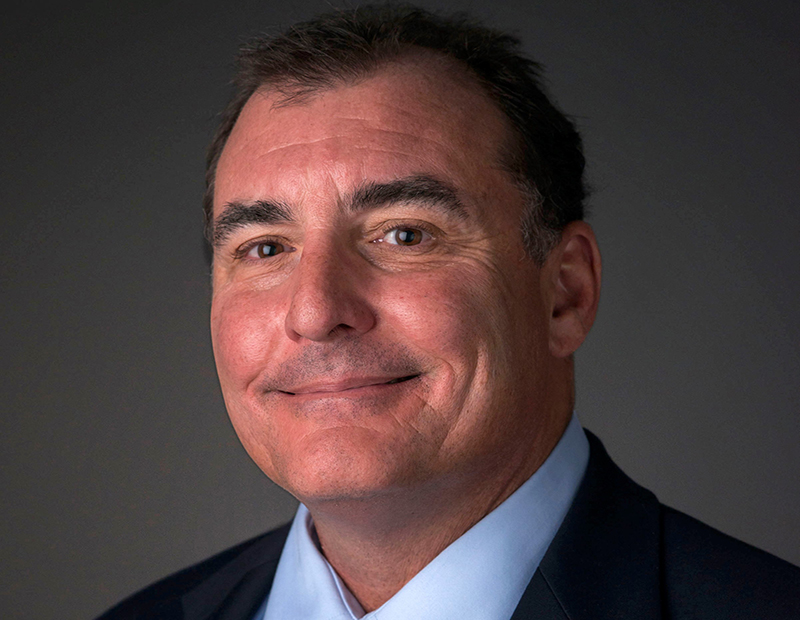CRE Capital Markets Outlook 2016
Willing lenders, new rules and some caveats await borrowers in 2016.
Notwithstanding some notable new challenges, capital markets experts forecast a mostly favorable climate for borrowers in 2016. “Economic data suggest that CRE fundamentals will modestly continue to improve in 2016,” noted Joe DeRoy, CMBS program manager for KeyBank Real Estate Capital. “That, coupled with a low-interest rate environment and ample capital, both first-mortgage and subordinate financing, should bode well for borrowers looking to refinance in 2016.” And with $300 billion-plus in CMBS loans due to mature, that comes as welcome news.
Lenders, meanwhile, are sizing up the impact of the Federal Reserve’s first interest rate hike in a decade. While some lenders could benefit at the margin, their relative competitive positions are likely to remain largely unchanged. “As long as the economy expands, at the margins lenders become slightly more aggressive,” said Brian Stoffers, global president of CBRE’s debt and structured finance business. “But we have learned our lessons from 2005 to 2007, and we just don’t see the loan-to-values going up as high, or the debt coverage ratios dipping down as low as they were in that timeframe. Overall, there is more equity going into commercial real estate ahead of the debt than there was in the last downturn.”
Rule Changes
An analysis of loans originated by CBRE Capital Markets shows that banks accounted for 34 percent of lending activity during the second quarter of 2015. Life companies accounted for more than 25 percent and CMBS made up nearly 20 percent. An assortment of other sources, including REITs, debt funds and credit companies, represented the remaining 20 percent of lending volume. One trend to watch in 2016 will be the impact of new rules on these lenders’ strategies. Banks are adjusting to provisions of Basel III that require higher capital reserves for construction loans than for those tied to a stabilized property. That could put a dent in the level of risk they are willing to take on. “It is only at the margin, for the exceptional loan or the exceptional sponsor, that they will get more aggressive,” Stoffers predicted.
For their part, CMBS lenders will deal with Regulation AB, which requires more disclosure on securitizations. Dodd-Frank’s new risk-retention rules could have far-reaching implications, as well. “For the industry as a whole, risk retention is going to increase the cost of capital,” said DeRoy. “People have been pretty transparent that some of those costs are going to be passed on to borrowers in the form of higher interest rates.” Widening credit spreads could likewise create headwinds for permanent financing, increasing borrower costs and limiting the availability of debt, DeRoy added.
Opening Doors
As CMBS and banks pull back on aggressive practices, and life companies continue lending steadily, more debt capital could flow from other sources, such as REITs, private-equity players and unregulated debt funds. For example, the large volume of maturing loans could provide an opening for debt funds, which have been active in higher-yielding products like mezzanine loans, preferred equity and B-notes.
Concerns linger that underwriting became considerably more aggressive during 2015, as illustrated by declining cap rates and debt yields and the roller-coaster ride of interest-only provisions. According to CBRE’s analysis of loans originated through its capital markets team, interest-only loans jumped from 45.6 percent during the first quarter of 2014 to 66.1 percent during the first quarter of 2015, then dipped to 58.3 percent during the second quarter last year.
Also of note, CMBS ‘B’-piece buyers are pushing back on loan quality. According to Noble Carpenter, president of capital markets for Cushman & Wakefield’s Americas region, “There has been a widening of pricing in the B-piece market, and the B-piece buyers have become a bit more aggressive in kicking out loans. It should have the impact of making underwriting standards more stringent.” Even so, projections call for 2016 CMBS volume to exceed 2015’s estimated total of $90 billion to $110 billion.
Nearing the Peak?
Lenders are also assessing the impact of the Federal Reserve’s evolving policies. Rising interest rates would suggest that property values have peaked and should start declining in tandem with rising cap rates, observed Gregg Gerken, executive vice president & head of U.S. commercial real estate at TD Bank. “The concern that anyone in the debt position has is that you want to have a significant margin of safety,” he explained. “And that goes away if you are financing at peak prices.”
That said, market participants aren’t anticipating an uptick in cap rates that could soften property values in 2016. A series of sharp interest rate hikes would likely have exactly that effect, but most observers expect the Federal Reserve to take a measured approach to raising rates.








You must be logged in to post a comment.